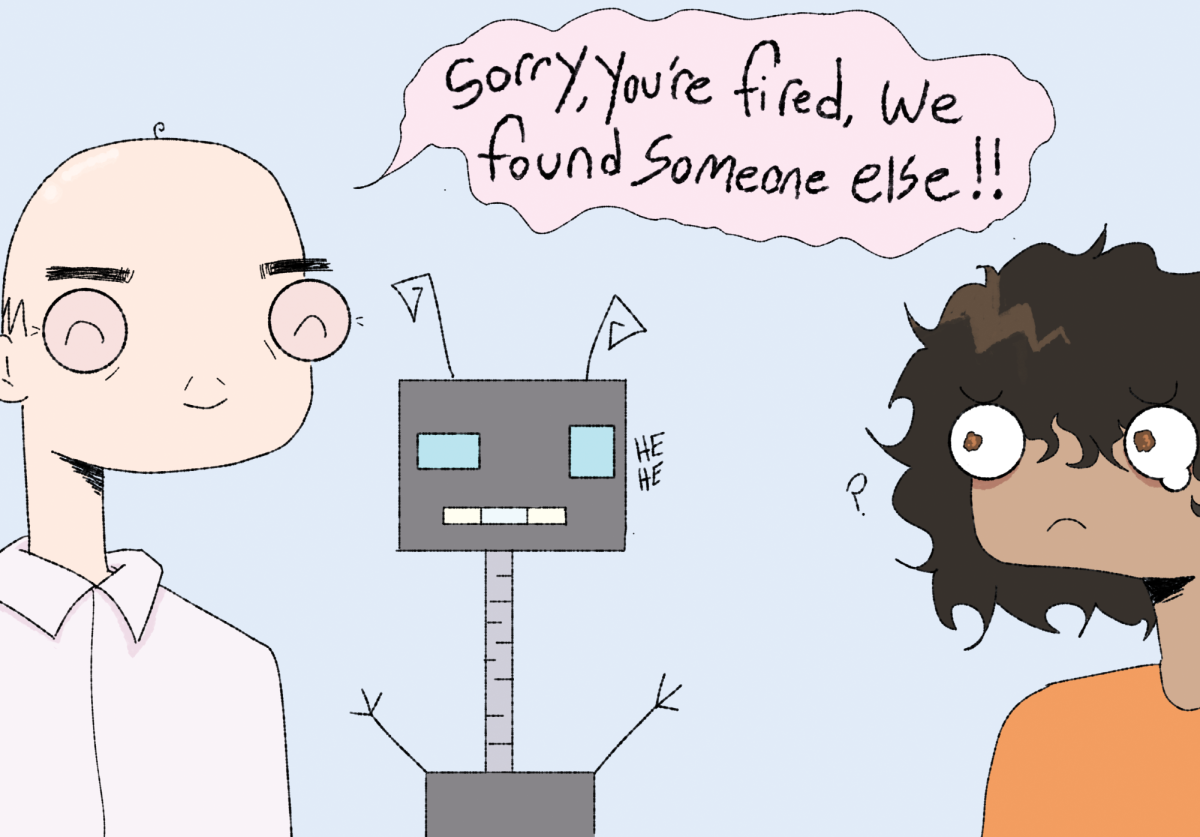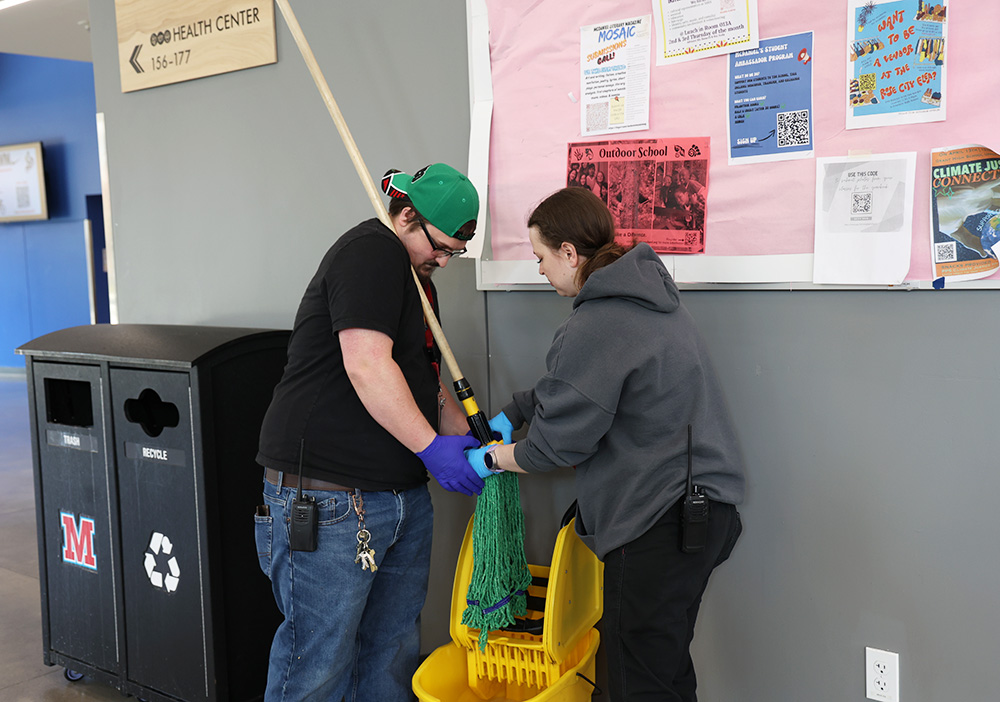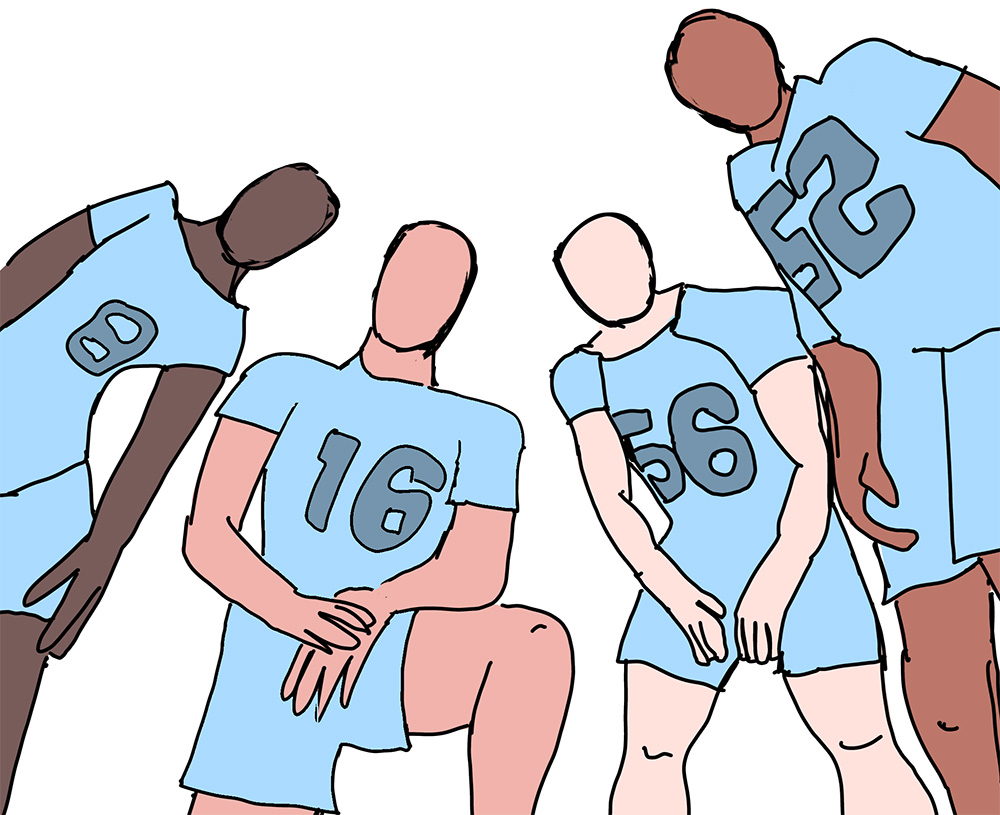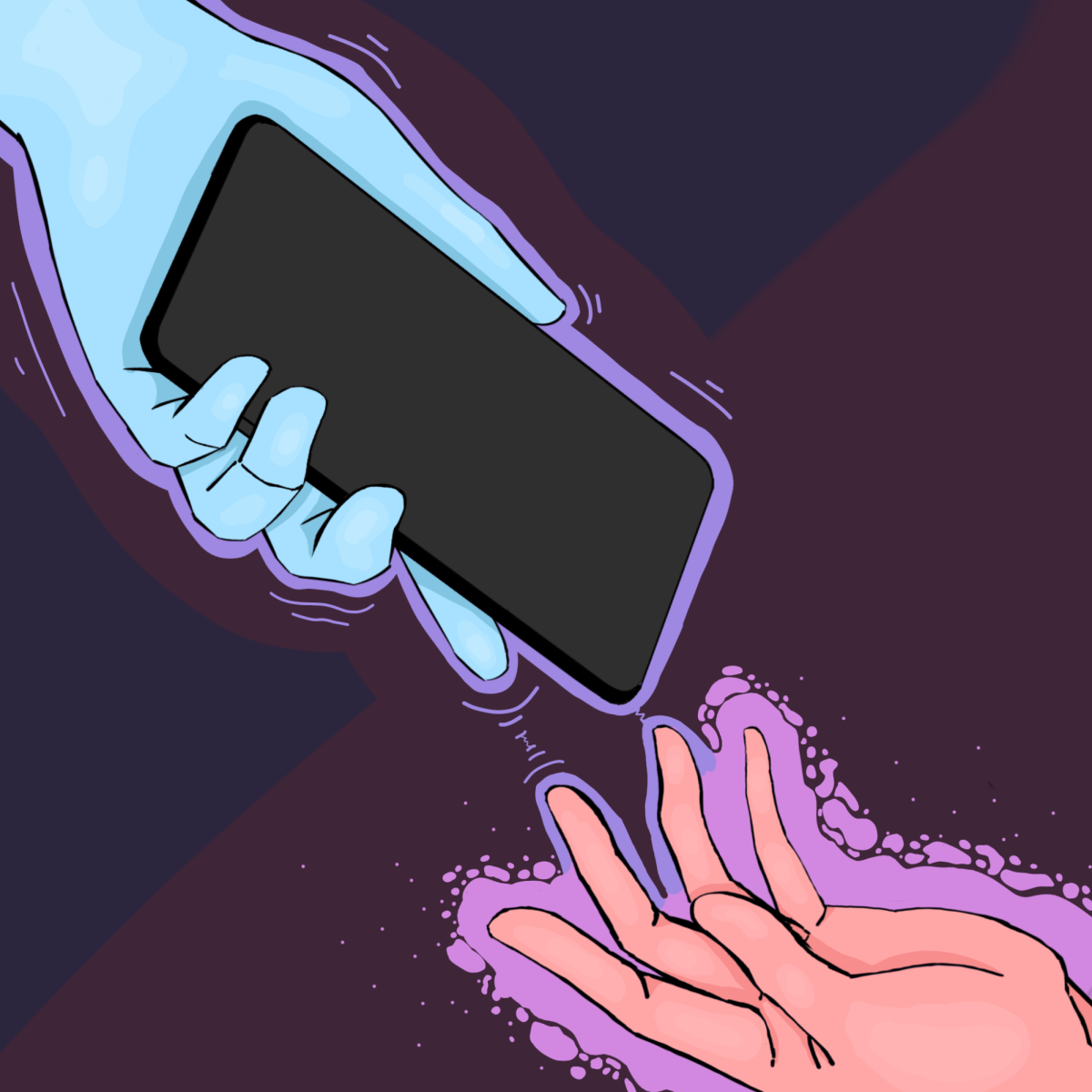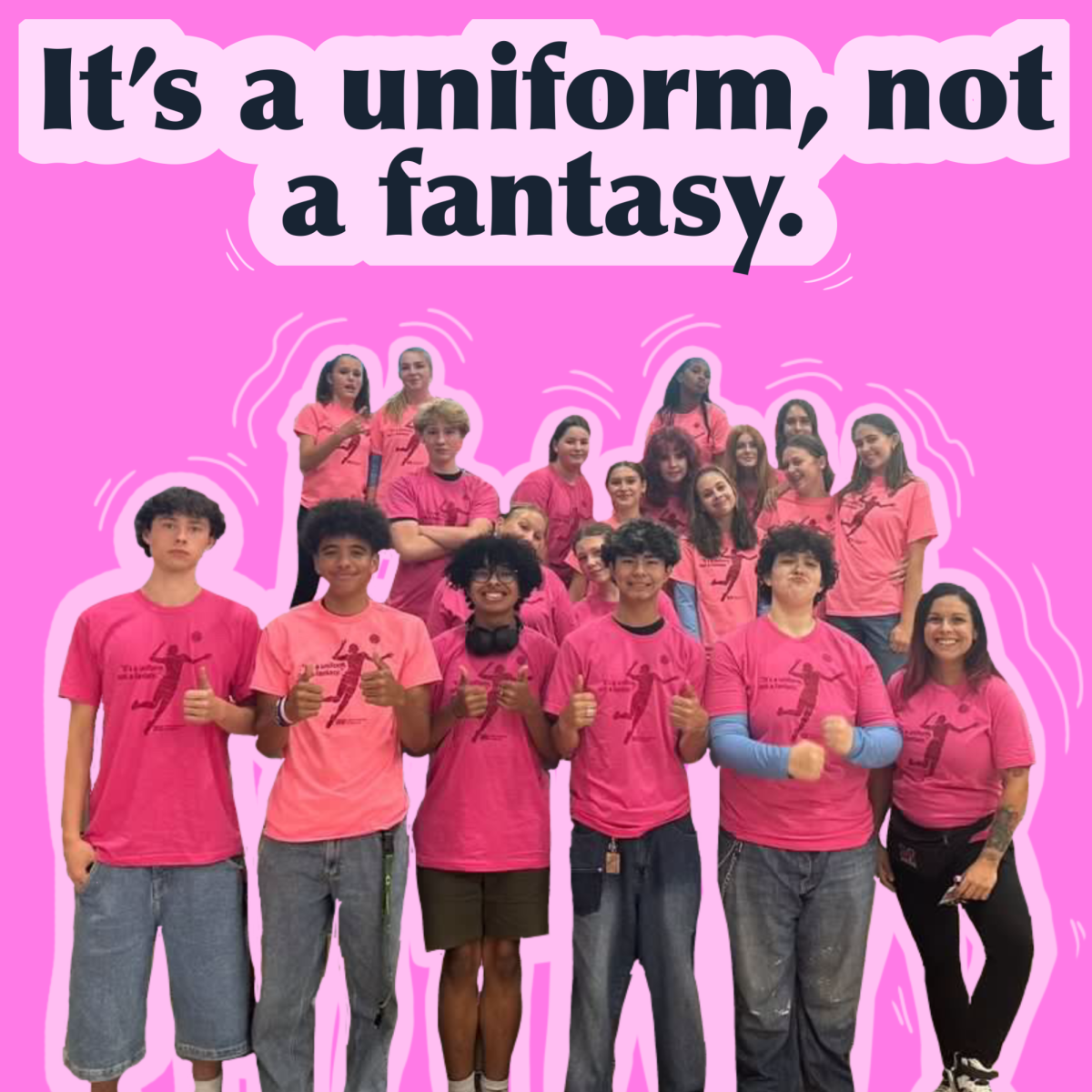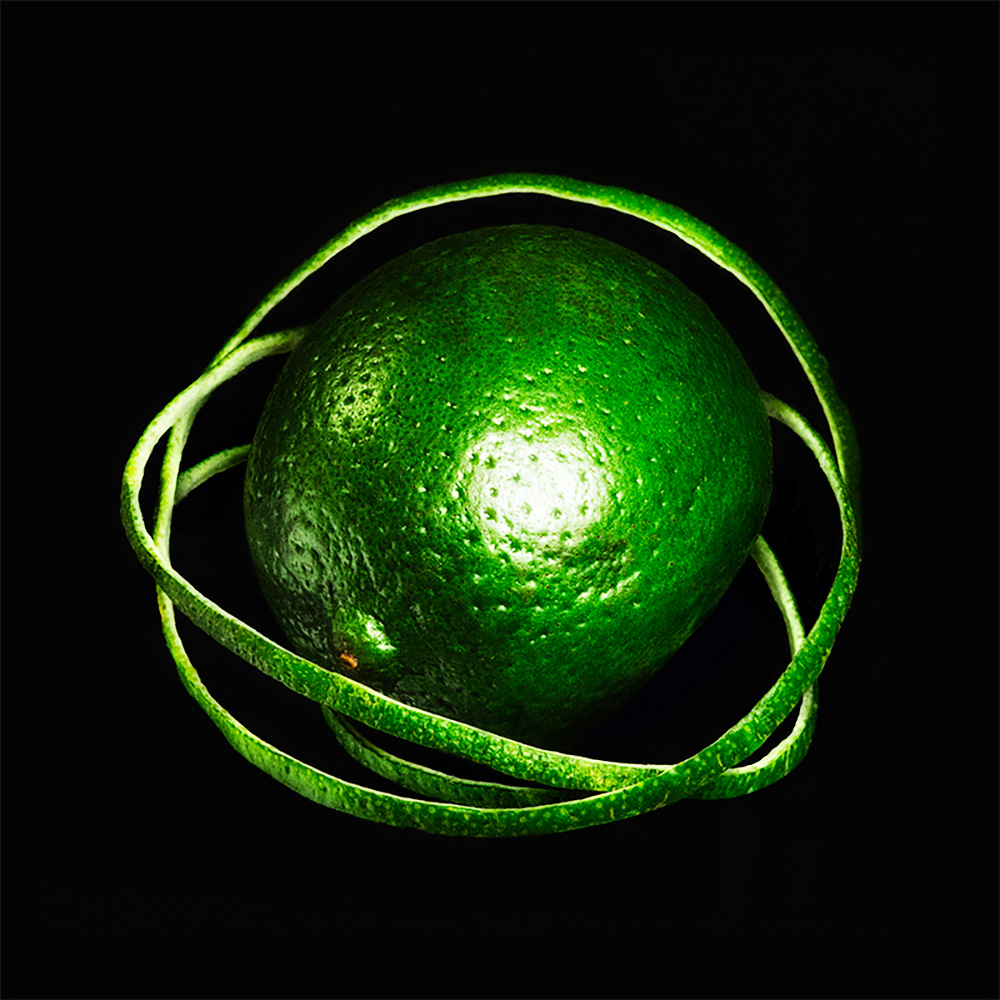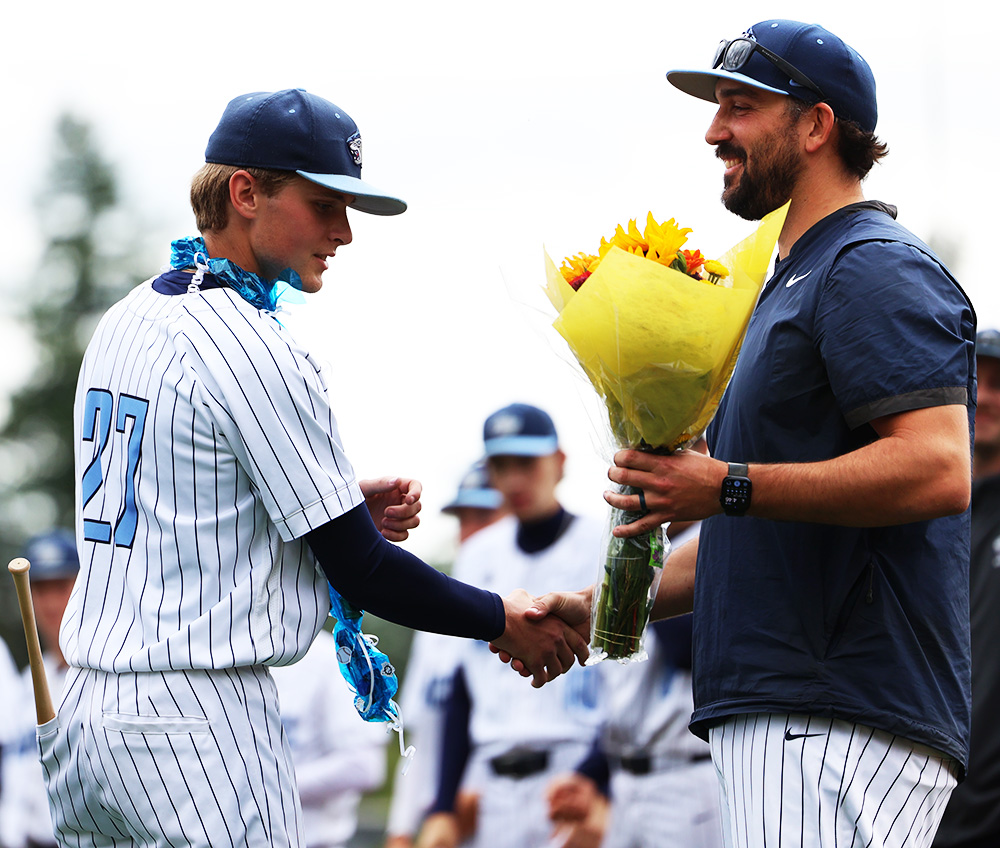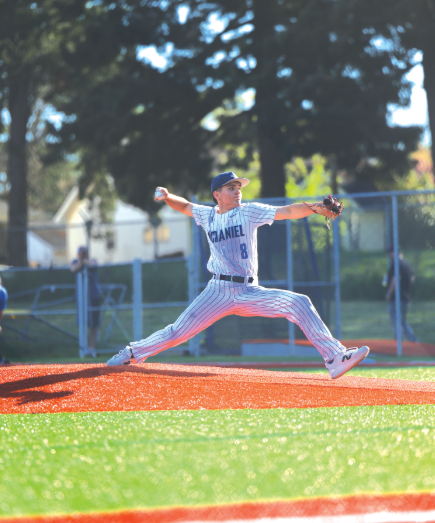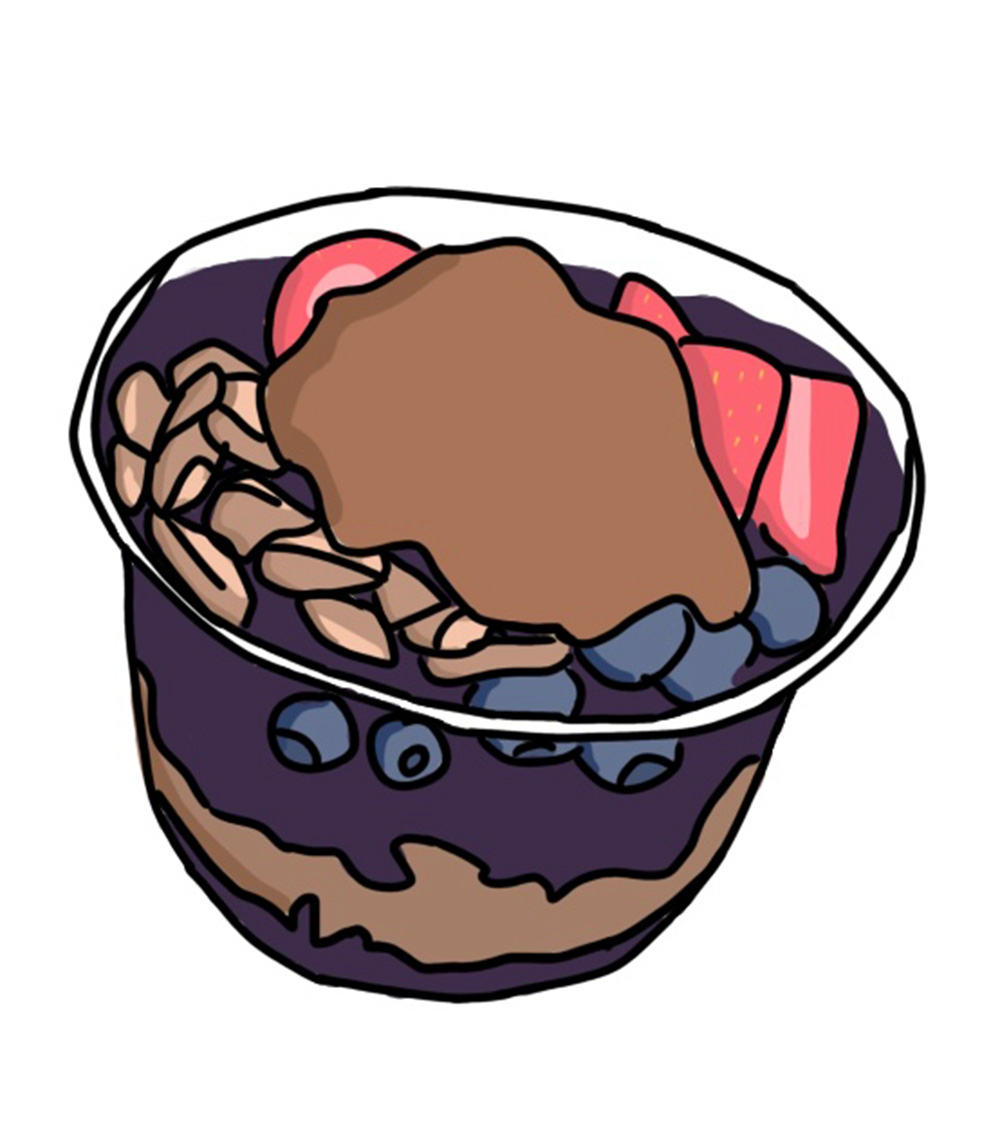AI is everywhere, that’s a no brainer. The spread of artificial intelligence into everyday life has been happening since 1993 with the first Roomba and the first commercially-available speech recognition software on Windows computers. This surge fueled funding for AI for research, which allowed the AI train to take off from the station. But with any kind of new technology, fear of how this will affect jobs spreads just as fast.
For artists, this fear is more realistic because there are already jobs for artists that are being replaced by computers, such as illustrators, social media influencers, graphic designers, animators. Artistic people are having opportunities lost to something that could never truly grasp the human experience.
This fear is shared by art teacher Clinton Harpster. He has seen a concerning rise in animators, video editors and illustrators being replaced.
Harpster brought up two examples: the graphic design lead advertisers for Civil War used AI generated posters, and Disney used AI generated intro scenes for Secret Invasion.
Harpster feels incredibly pessimistic around AI, poetically referring to it as “Pandora’s box,” suggesting that humanity did not question if we should open or not. He believes now that we have AI that there is no way it will just disappear.
He isn’t wrong. This doomsday-esque reality is happening where the capitalistic greed of a soulless AI is preferred over a person with creative expression.
Unlike most AI, there seems to be few if no benefits for artists when it comes to AI generated art. When prompted about the possibility of a partnership between AI and artists, Harpster believes that in a capitalistic society AI and art could never mesh. Artists are losing jobs to AI, so a partnership between the two seems complicated at the moment, given it’s hard to work with something created with the intention to take away your livelihood.
However, Harpster did confess that he used AI art as references, but in the long run believes it will only hurt humanity and artistic capabilities. A statement that holds terrifyingly true the future is uncertain but the path currently laid out for artists and AI can not be good for humanity as a whole. Art should be for humans by humans. AI can’t appreciate good art so how can it create meaningful art?
Another art teacher Randall Maves does not harbor the same concerns around AI, referring to it as the natural progression of technology. He is of the belief AI and artists will eventually work together.
Maves does not believe that AI will completely replace artists. He believes AI is too limited in its artistic possibilities at the moment. AI resources still need prompts, and even when it does create, the art can often be lackluster.
He continues, stating that consumers will be more willing to pay for art created by humans than AI, leading him to be less worried about AI. There is a lot of truth in this, AI art needs a prompt, and even with a prompt, the art is soulless and is devoid of life.
A concern that Maves’s graphic design students often express is the AI element in Canva. Like stated before, the unfamiliar will always be scary especially when the new technology is evolving to steal your jobs.This feature was bestowed the whimsical name “Magic Design.” Maves is not concerned, though he thinks the effort made by real graphic designers is worth more than a template.
This is a sentiment often shared by the teachers “nothing beats the real thing.” What makes art good art is the effort, beauty, mastery and humanity that infects each piece. All four of these things will never be replicated by an AI.
Maves has noticed though that opportunities are already being stripped from artists, especially for artists on social media. Instagram, TikTok and other social media platforms have seen an influx of AI art accounts. These AI accounts are infecting these platforms and drowning out the voices of real artists. These accounts can mass produce art making it easier to hold an audience. Real artists put time behind their pieces making it hard to compete.
Another art teacher, Cinti Tuan is not necessarily worried about AI art and thinks people will grow bored of it. She does not fret about how AI is now because she believes human individualism is too nuanced to replicate. She thinks AI art will not resonate with a human audience. She instead is worried about how AI may evolve past pixels.
Though not necessarily connected to AI art, robots are becoming a new possibility with the new Tesla Bots also known as Optimus. Tesla described their bot as Create a general purpose, bi-pedal, autonomous humanoid robot capable of performing unsafe, repetitive or boring tasks. These bots will be available in 2026, for a whopping 20,000-30,000 dollars. This shows the technology advances that will continue. The more robots do tasks for humans the less people will be able to perform it themselves. It starts with the loss of art then will evolve to other tasks. Cooking, teaching, doctors, plumbers, retail workers, who else could be replaced? This is a slippery slope developers and humanity walk.
Tuan expresses her students various emotions around AI, stretching from utter disgust to curiosity. Her emotions are not so easily described however.
She describes her thoughts around AI as non-binary, it is neither all good or bad. There will always be trade-offs. She believes the potential has yet to be defined.
AI is a virus infecting the creativity and humanity of people. AI is making art fast, not considering the beauty of art does not only come from how it looks, but also the effort and time it took to create. AI art is a crazy evolution in technology, but in no way should it ever be praised when it sucks opportunity from an industry that people already struggle to make money in.
Some people, especially ones with a trained eye like artists, can tell when art is AI. However, a study by Science Daily reports only 61 percent of participants could tell the difference between AI-generated people and real ones, far below the 85 percent threshold that researchers expected.
This is extremely concerning because though some people’s intentions may simply be good fun and wanting to test out the AI’s effects others may use such resources to scam or manipulate others by pretending they created the art themselves.
A machine could never understand the soul of humanity, it is just a machine spitting out what you ask of it. Art comes from the human experience. Has AI felt love, hate, ecstasy, pain, hope or disappointment? Has AI cried over losing a loved one, have they held another in comfort, have they felt inspired or are they just a tool equivalent to a wrench? For this reason, one should not interact with AI art or any content used to swipe away possibilities from humans.


